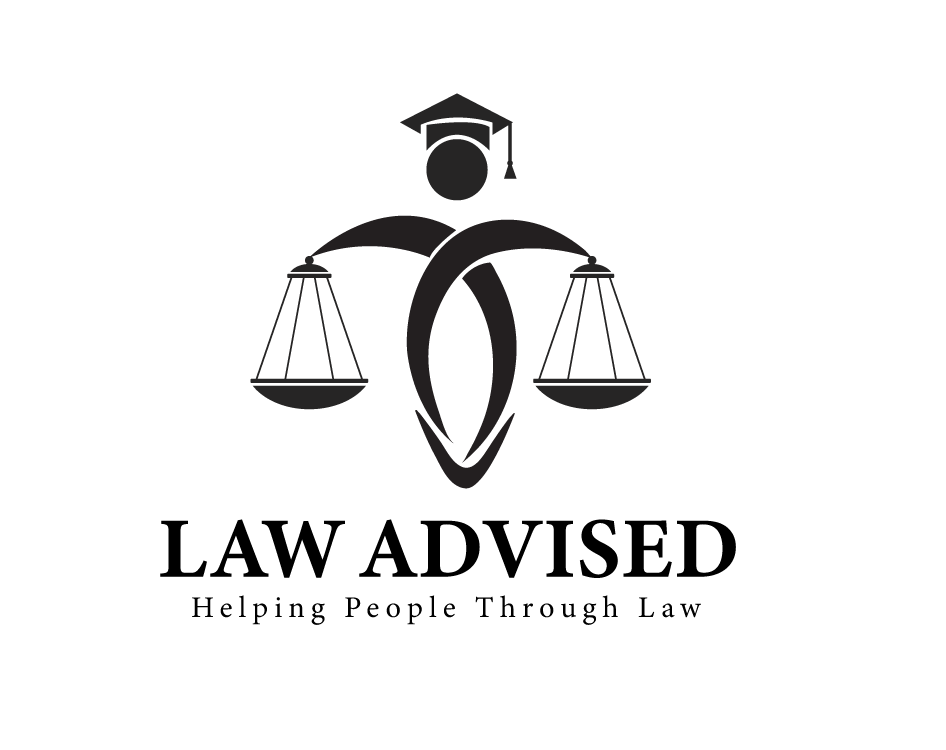The separation of powers is the division of government into three branches: the executive, legislative, and judicial branches. These branches have separate and independent powers to prevent the concentration of power in a single entity.
In a democratic system, the separation of powers ensures a system of checks and balances, where each branch has its own distinct powers and responsibilities. This division aims to safeguard against tyranny and abuse of power. The executive branch is responsible for enforcing laws, the legislative branch makes laws, and the judicial branch interprets laws.
By separating these powers, it ensures that no single branch becomes too powerful and that the rights and liberties of the people are protected. This system allows for a more balanced and fair government, where the branches can keep each other in check.
Understanding The Concept
The Separation of Powers is a crucial concept in governance, dividing the authority between three branches: the executive, legislative, and judicial. This distribution ensures checks and balances, preventing any one branch from becoming too powerful and protecting the rights of individuals.
Understanding this concept is fundamental to comprehending the functioning of democratic systems.
| Key Principles | Objectives |
|---|---|
| Division of power | Protecting individual liberties |
| Distinct roles and responsibilities | Enhancing government accountability |
| Checks and balances | Preventing the abuse of power |
Pillars Of Democracy
The separation of powers is a fundamental principle that forms the bedrock of democratic governance. It ensures a system of checks and balances to prevent the concentration of power in any single branch of government. The three pillars of democracy are the Judiciary, the Legislature, and the Executive.
Judiciary: Ensuring Fair Interpretation And Application Of Laws
The Judiciary is responsible for upholding the Constitution and safeguarding the rights and freedoms of citizens. It interprets the law, resolves disputes, and ensures justice is served. Through impartiality and independence, the Judiciary ensures fair interpretation and application of laws, protecting individual rights and maintaining the integrity of the legal system.
Legislature: Crafting And Enacting Laws
The Legislature, comprising elected representatives, is responsible for crafting and enacting laws that reflect the needs and aspirations of the people. It represents the interests of the community and debates on various issues, formulating policies that guide the nation. The Legislature plays a vital role in shaping the legal framework, promoting social welfare, and ensuring effective governance.
Executive: Implementing And Enforcing Laws
The Executive branch executes and enforces laws enacted by the Legislature. It consists of the President, Prime Minister, and government departments responsible for implementing policies and administering public services. The Executive ensures the smooth functioning of the government, implements decisions, and enforces laws to maintain law and order, provide essential services, and protect national interests.
Balance And Checks
Subheading under heading: Interactions and Balances Among the Three Pillars
The separation of powers is a fundamental principle that ensures a balance and check in government systems. It aims to prevent the concentration of power in any one branch of government and promotes democratic governance. Checks and balances serve as crucial mechanisms to maintain this equilibrium. Each branch – the executive, legislative, and judicial – possesses specific powers and responsibilities in a subtle interaction and balance with the others.
The executive branch, headed by the president, enforces laws and policies, manages administration, and conducts foreign affairs. The legislative branch, consisting of the congress or parliament, makes laws, controls budgetary matters, and exercises oversight. The judicial branch, comprised of the courts, interprets laws, resolves disputes, and ensures constitutional compliance. Through these distinct but interconnected roles, interactions and balances among the three pillars of government occur, safeguarding against potential abuses of power.
By dividing authority and granting powers to separate bodies, the separation of powers fosters a healthy system of governance. It enables checks and balances, prevents tyranny, promotes accountability, and supports the rule of law.
Significance And Impact
The separation of powers is a fundamental principle in modern democratic societies that divides the functions of government into three distinct branches: the legislative, executive, and judicial. This division serves several significant purposes and has a significant impact on the system of governance.
Safeguarding individual liberties and rights is one crucial aspect of the separation of powers. By dispersing power among different branches, it helps prevent any one institution or group from becoming too dominant and curtails the risk of infringing upon citizens’ rights. The legislative branch is responsible for making laws, the executive branch for implementing and enforcing them, and the judiciary for interpreting them. This distribution of power acts as a check and balance system, ensuring that individuals’ rights are protected.
Transparency and accountability in governance are also promoted through the separation of powers. Each branch operates independently, with clearly defined roles and responsibilities. This division fosters transparency as it allows for scrutiny and accountability. It ensures that decisions are made through a transparent and fair process and subject to checks and balances by the other branches. This transparency enhances public trust and confidence in the government.
Contemporary Challenges
The Separation of Powers is a fundamental principle in modern democratic systems, designed to distribute and limit the powers of the government. However, there are ongoing critiques and debates on its effectiveness in practice.
One major challenge is ensuring independence and impartiality of the judiciary. The judiciary is meant to act as a check on the executive and legislative branches, but concerns have been raised regarding political interference and influence, which could undermine the judicial independence.
Another challenge is striking the right balance of power and cooperation between the different branches of government. While the separation of powers is crucial, there is also a need for collaboration and coordination to effectively address complex issues and make decisions in the best interest of the nation.
| Challenges | Debates and Critiques |
|---|---|
| Independence and Impartiality of Judiciary | Concerns about political interference |
| Power Balance and Cooperation | Striking the right balance between separation and collaboration |
Frequently Asked Questions For What Was The Separation Of Powers
What Is The Separation Of Powers?
The Separation of Powers is a fundamental principle of government, where power is divided among different branches – legislative, executive, and judicial.
Why Is The Separation Of Powers Important?
The Separation of Powers prevents the abuse of power by separating the responsibilities and functions of government branches, maintaining checks and balances.
How Does The Separation Of Powers Work?
The Separation of Powers works by assigning specific roles to each branch – making laws (legislative), enforcing laws (executive), and interpreting laws (judicial).
What Are The Benefits Of The Separation Of Powers?
The benefits of the Separation of Powers include preventing tyranny, ensuring government accountability, promoting constitutional rights, and fostering stability and balance.
Where Did The Idea Of The Separation Of Powers Originate?
The idea of the Separation of Powers originated from political philosophers, specifically Montesquieu, who developed the concept during the Enlightenment era.
How Does The Separation Of Powers Relate To Democracy?
The Separation of Powers is a cornerstone of democracy, as it ensures the distribution and limitation of power, promoting democratic principles and protecting individual rights.
Conclusion
The separation of powers is a fundamental principle in democratic governance. It ensures that no single authority has complete control, preventing abuses of power and promoting checks and balances. By dividing the government into legislative, executive, and judicial branches, each with distinct responsibilities, the separation of powers protects citizens’ rights and upholds the rule of law.
It remains a cornerstone of modern democracies, championing accountability and preserving the delicate equilibrium between different branches of government. So, understanding the separation of powers is crucial for safeguarding democracy.
Ismail Hossain is the founder of Law Advised. He is an Divorce, Separation, marriage lawyer. Follow him.




Leave a Reply